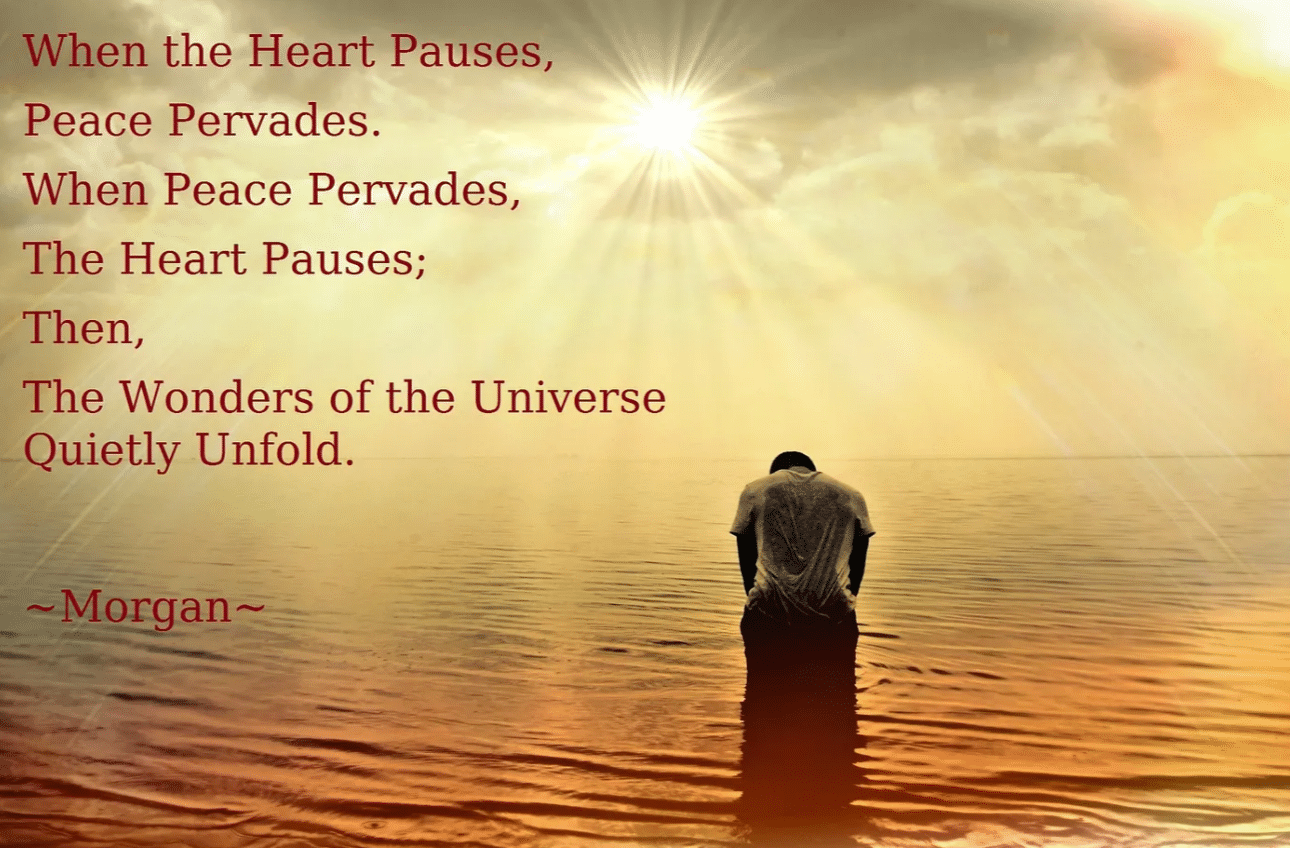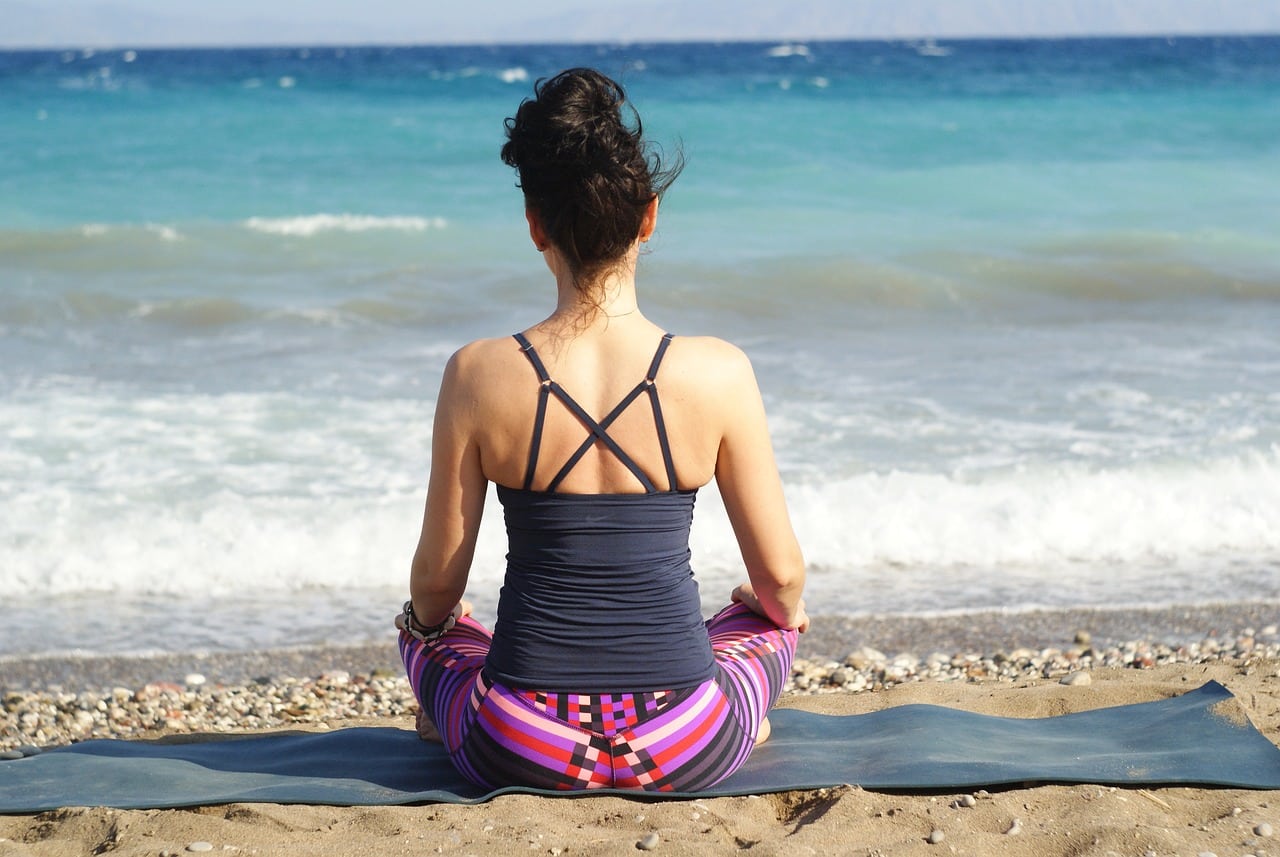
In this world of rapidity, haste, and urgency, where ‘instant’ has become the norm and ‘the norm’ is thought of as tedious, the benfits of quietness and solitude are very often overlooked. Learning how to connect to our inner peace has become a lost art, but the importance of doing nothing has a multitude of health benefits.
While we fill our daily schedules to the point where little, if any, time remains to simply sit quietly, close our eyes, and unwind, relaxing is a skill we need to re-learn. We over-schedule our days, filling each moment to capacity. Similarly, multi-tasking has become the routine, filling our lives with stress. As a result, we fall into bed exhausted and try to cram in a few hours of sleep before starting it all over again, but stress and failing to unwind before going to bed often leads to insomnia.
Life is bustling and bursting, blaring with boisterous babbling and blatantly brazen brashness that bewilders and befuddles. From the minute we bounce out of bed, we fill our eyes and ears with sound and images. Moreover, social media has replaced the practice of morning or evening meditation, and as a result, we surround ourselves with anxiety and aggression from the moment we wake up until we go to sleep. Similarly, we drink copious quantities of caffeinated energy drinks so we can rush to and fro, rarely considering the detrimental effects caffeine and other stimulants have on our health.
A Simple Mindful Mantra
The benefits of mindfulness, yoga, and connecting with our inner selves have been well-documented. Studies suggest focusing on the present moment can have a positive impact on health and well-being. As a result, mindfulness reduces anxiety, stress, and depression. Similarly, evidence shows that mindfulness lowers blood pressure, improves sleep, helps with pain management, and improves the quality of life for those living with chronic conditions.
You can practice mindfulness/meditation in the same places and at the same times as you often grab your phone or some other smart device. Instead of logging on, try logging in. In to You! Close your eyes. Take a few deep, slow breaths. Focus for a moment on being calm. Here’s an easy mantra you can repeat a few times.
Peace Pervades Peacefully.
Tranquility Touches Tenderly.
Serenity Soothes Softly.
In the same way, if you take advantage of public transportation, you have a built in opportunity to charge (in the morning) and re-charge (at the end of the day) by reading meditations or practicing mindfulness to connect to the powerhouse of peace right inside you. The only way to attain these treasures, Peace, Tranquility, and Serenity is to be peaceful, tranquil, and serene.

Ten Benefits of Connecting With Your Inner Hush
Unquestionably, finding time to re-energize through quietness, stillness and meditation has a multitude of benefits for you, as well as your children. When we teach our children how to connect with calm, we hand them the tools to be successful in their personal and professional lives.
- Being still and quiet can:
- Reduce Stress
- Increase Emotional/Mental Balance
- Sharpen Focus
- Lessen Pain
- Reduce Anxiety
- Improve Creativity
- Ease Depression
- Better Our Memory
- Deepen Our Compassion
- Increase Productivity
Feed Your Brain
A recent study done at UCLA found that long-term meditators had ‘better-preserved’ brains than non-meditators as they aged. Participants who had already been meditating for an average of 20 years had more grey matter volume throughout the brain. Although older meditators still had some volume loss compared to younger meditators, it was not as much as the non-meditators. Indeed, just like muscles need exercise to stay healthy and strong, our brains benefit from ‘turning off’ in the form of meditation.
Meditation is an activity that centers on doing nothing (externally). Although you aren’t moving, you are working your mind by concentrating on the simplest of things. How? You connect. Sit quietly and focus on one thing only. Breath. In. Out. In. Out. While it may sound simple and unchallenging, our minds, that are so used to racing and multi-tasking, will find it difficult to be quiet and that’s why meditation takes practice. But through practice, our minds will adapt. In time, the information processing cells of the brain, called neurons, that help process thoughts, sensations, emotions and actions, become stronger.

Seven Simple Ways to Do Nothing
- Turn off the tunes and open the window so you may listen to the birds singing.
- Stop from rushing and sigh in the warmth of the afternoon breeze.
- Forego meeting the crowd at the pub and walk quietly along a burbling stream to listen to its purifying laughter.
- Turn off the lights and gaze at the stars to wonder with awe.
- Put down the i-device and pick up a daisy to pluck its petals pensively.
- Run your hands through the feathering fronds of a whispering willow to feel tranquillity seeping into your soul.
- Sit quietly in contemplation of the singular majesty and mystery of your own beating heart and take stock of each precious breath.
Connecting with Connection
It is in these moments of quietness, where technology pauses and the human condition returns, that the simple, understated gesture of sitting quietly and breathing calmly will make an impact. These moments can have a far greater and more lasting effect upon your day and your life than any latest text, tweet, post, or energy drink.
It is in that stillness, where all the rushing stops and a measure of harmony returns, that Peace will Pervade. Tranquillity will Settle, and Serenity will Calm; teaching the mind that opens to their gentle presence the uncontestable truth that all the wealth and power in the world cannot replace the blessing of a single moment.
~Morgan~




















